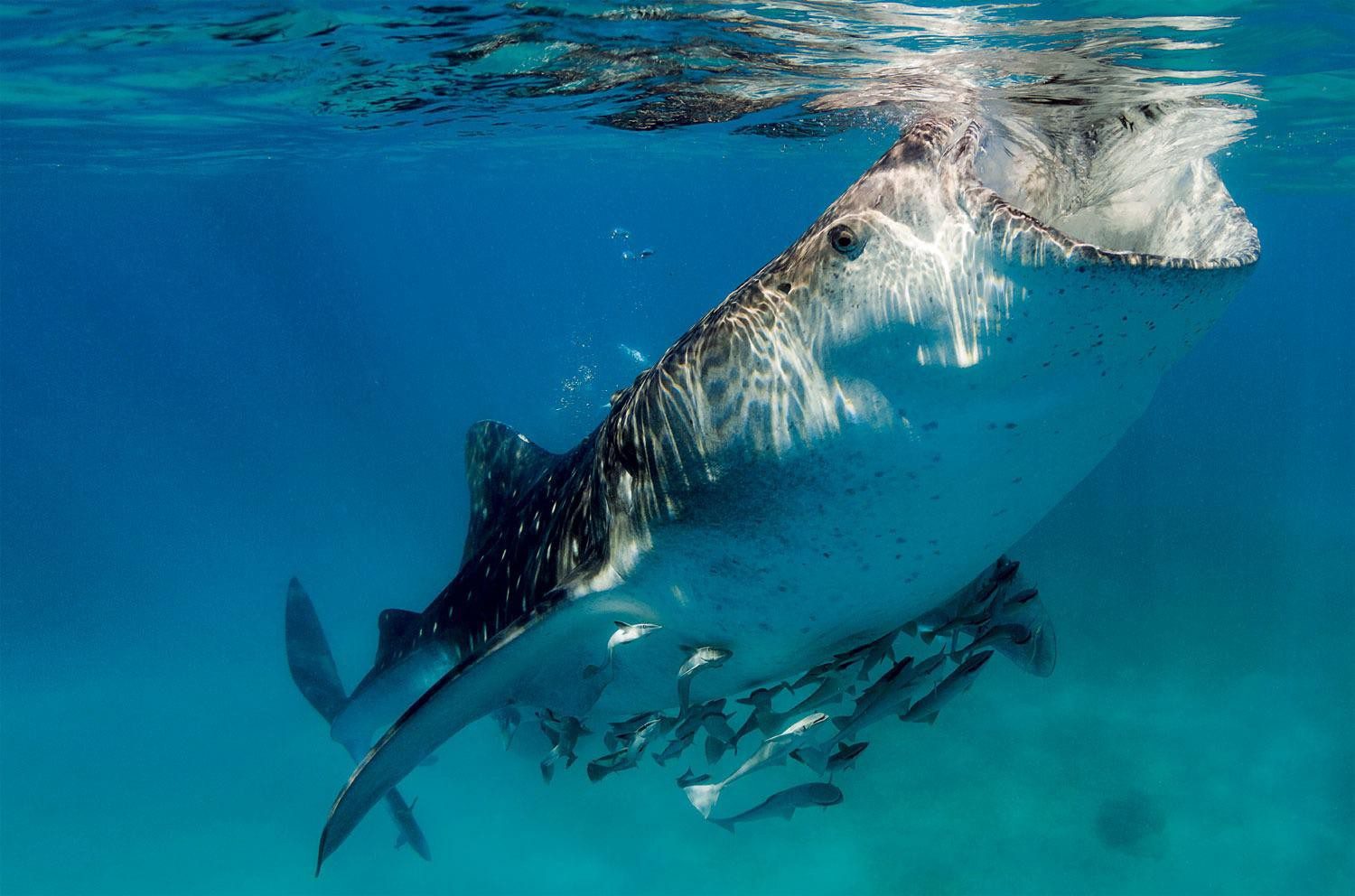As we all look forward to life getting back to some semblance of normality through 2022, Editor-at- Large Walt Stearns dives into his back catalogue to give us some global destinations to add to our diving ‘bucket list’.
Did you know?
The Philippines is a perennial favorite among scuba divers and it is easy to see why. With pristine coral reefs, historical wrecks, clear, warm water as well as some of the best flora and fauna found anywhere in the world, the Philippines boasts something for every interest.
Although these huge sea creatures are called ‘whalesharks’, they are not actually whales, but filterfeeding sharks, often referred to as ‘gentle giants’. They are also the world’s largest fish, growing up to a massive 40 foot long.
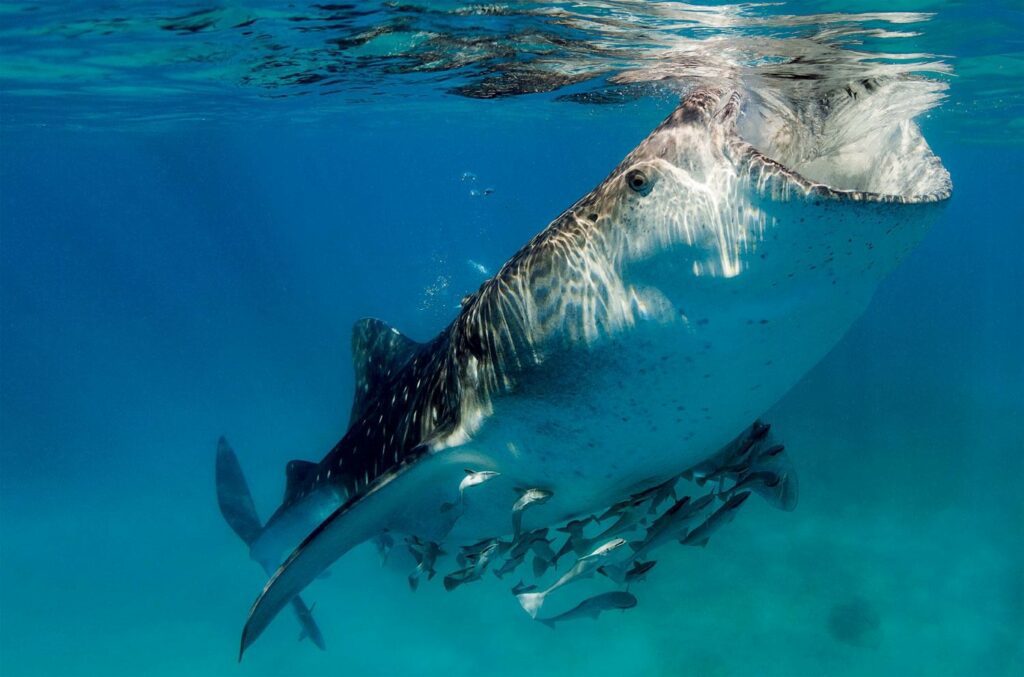
Did you know?
The scalloped hammerhead (Sphyrna lewini) can attain lengths over 14 feet and weigh over 300lbs and is known to descend to depths over 1,600ft. The Greek word ‘sphyrna’ translates into ‘hammer’ in English, referring to the shark’s distinctive head.
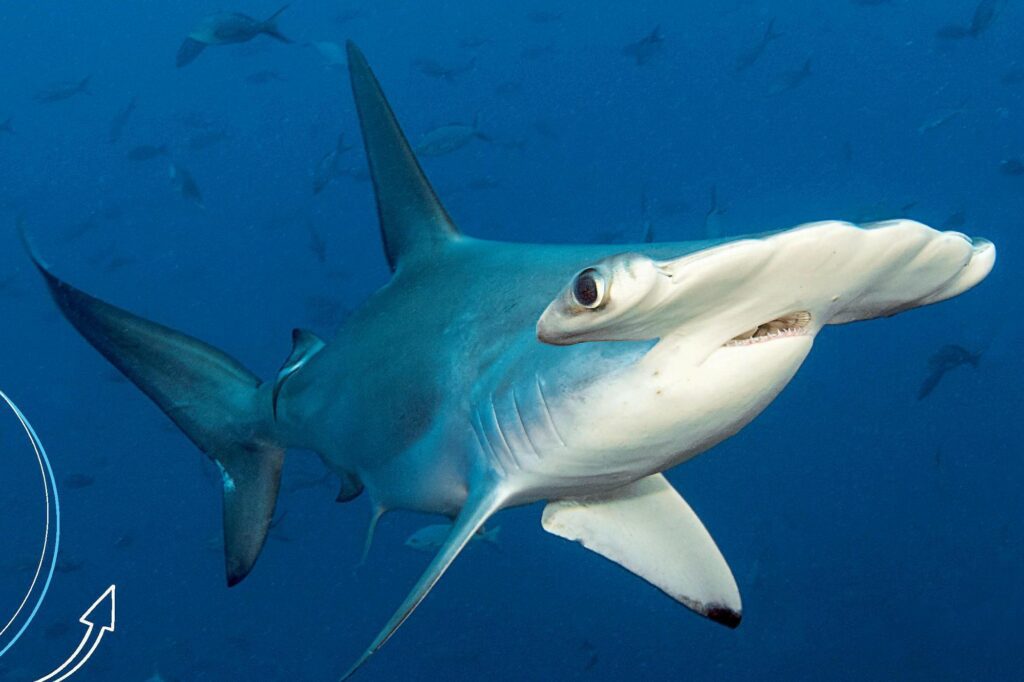
Ever evolving wow factor
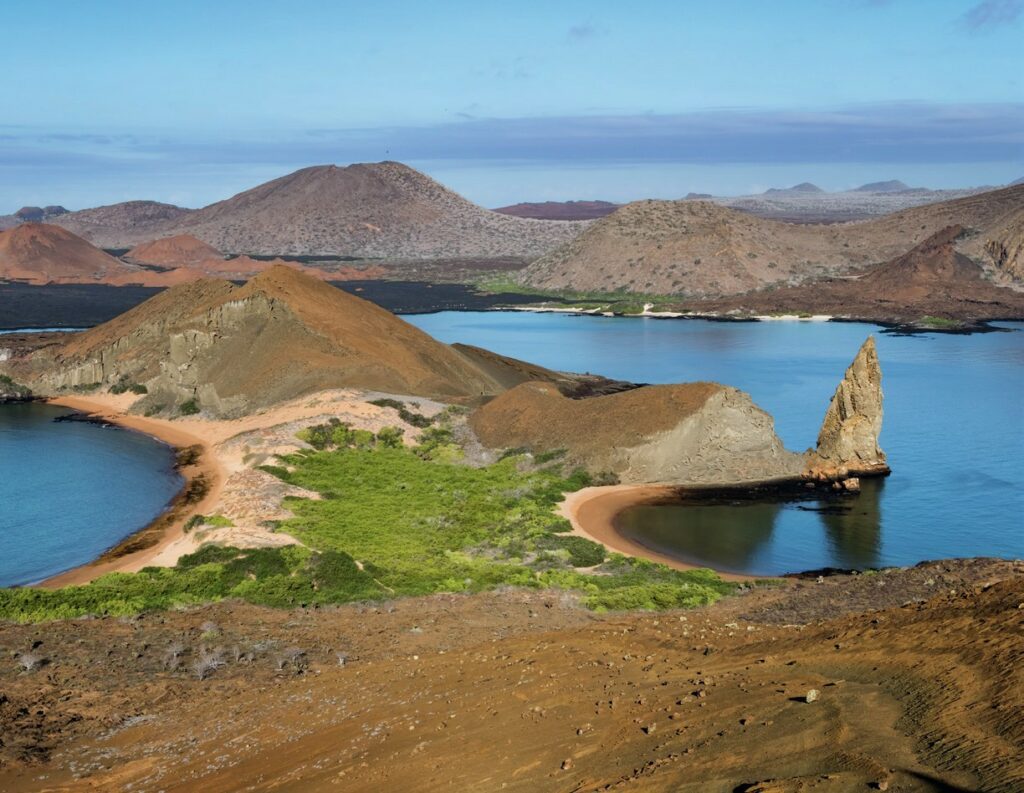
Positioned directly on the Equator, 590 miles west of South America’s Pacific Coast, the Galapagos Islands’ unique marine biosphere is almost beyond description. Inside the 140,000 square km marine reserve, species more indigenous to cooler regions – sea lions and penguins – live virtually side by side with a host of sharks, reef fish and sea turtles commonly found in more tropical climates. Among several of its 17 primary islands and surrounding rock formations, marine iguanas, giant land tortoises and tropical sea birds capture the imagination as they stare back at visitors with complete innocence. Furthermore, for the diver, Darwin and Wolf are the islands of choice for serious encounters with marine life.
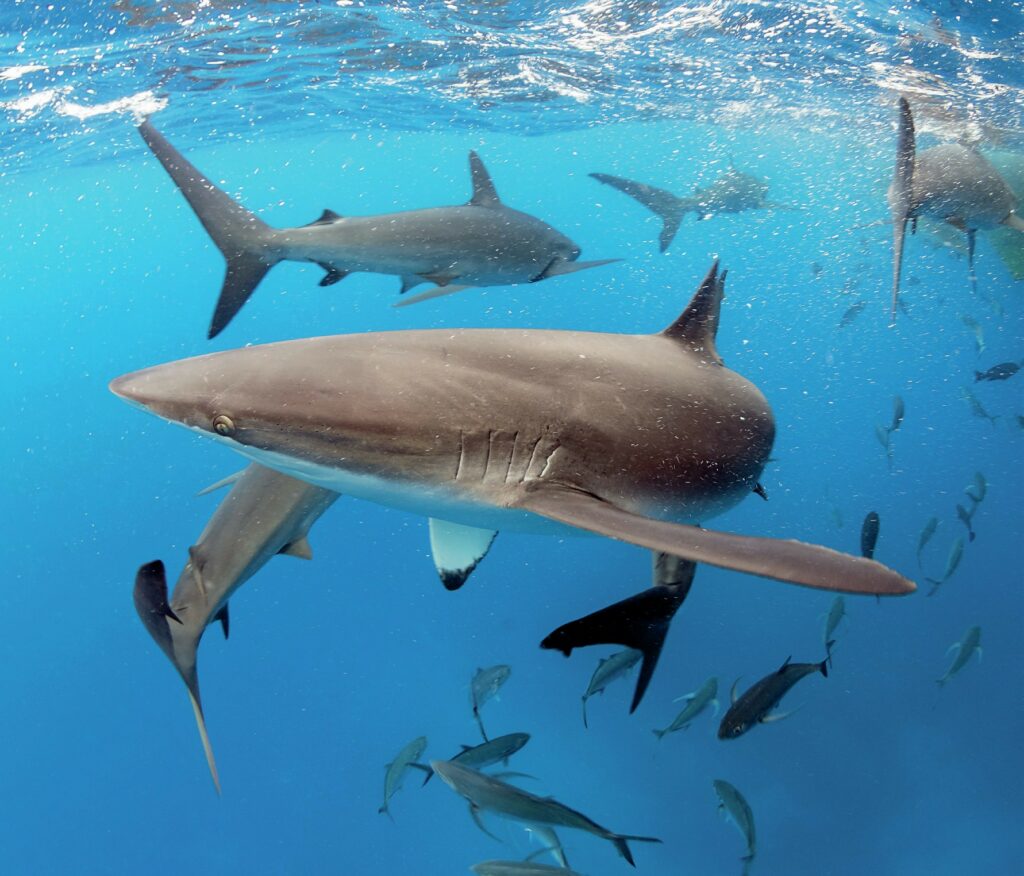
The Galapagos is a dream destination for many, but probably not the best place for new divers who have yet to master buoyancy control or their overall comfort level in the water. Currents are nearly present on all dives, sometimes mild but other times quite strong. And don’t pack a tropical-weight wetsuit, because although these islands straddle the equator, the water can be surprisingly chilly, with temperatures sometimes getting as low as 50 to 58 degrees Fahrenheit.
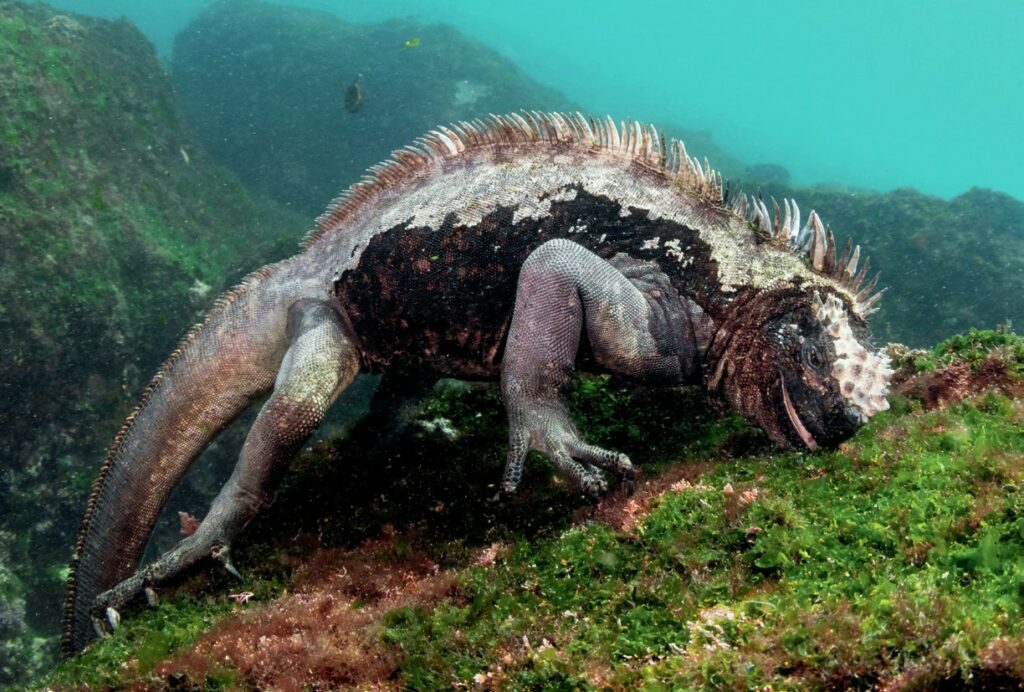
Despite all that, the islands that inspired Darwin have the same affect to divers through its menagerie of big animal thrills. During the months of June through October (when water temps are at their coolest between 69 to 75 degrees) the two islands of Wolf and Darwin generally are at their height for big-ticket attractions from whalesharks to schooling hammerheads, as well as lots of silky and Galapagos sharks to go around. But Darwin and Wolf are not all sharks, even on days when it would be hard to contest the notion. The resident bottlenose dolphins, sea turtles, eagle rays, and schools of tunas and jacks so huge they often resemble an angry storm cloud rolling in, are as much a part of the diving as the sharks.
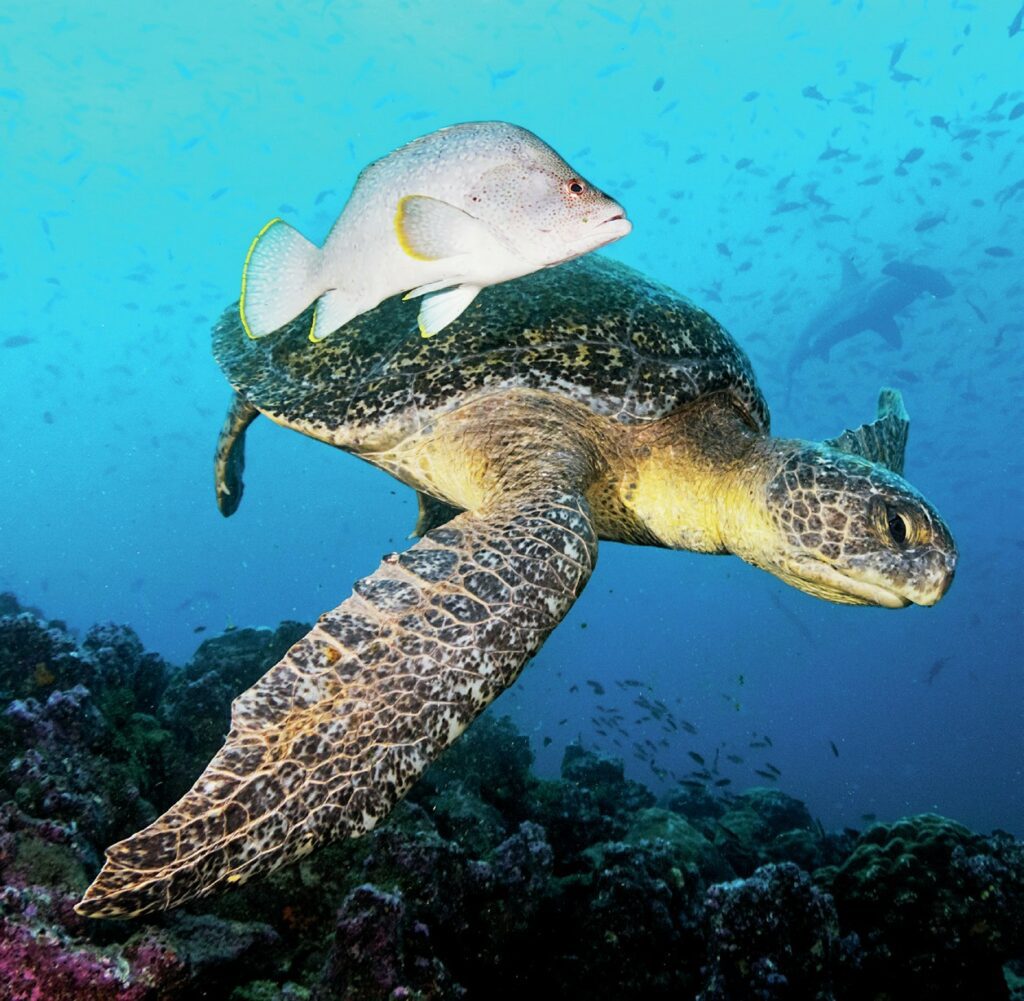
A place for giants
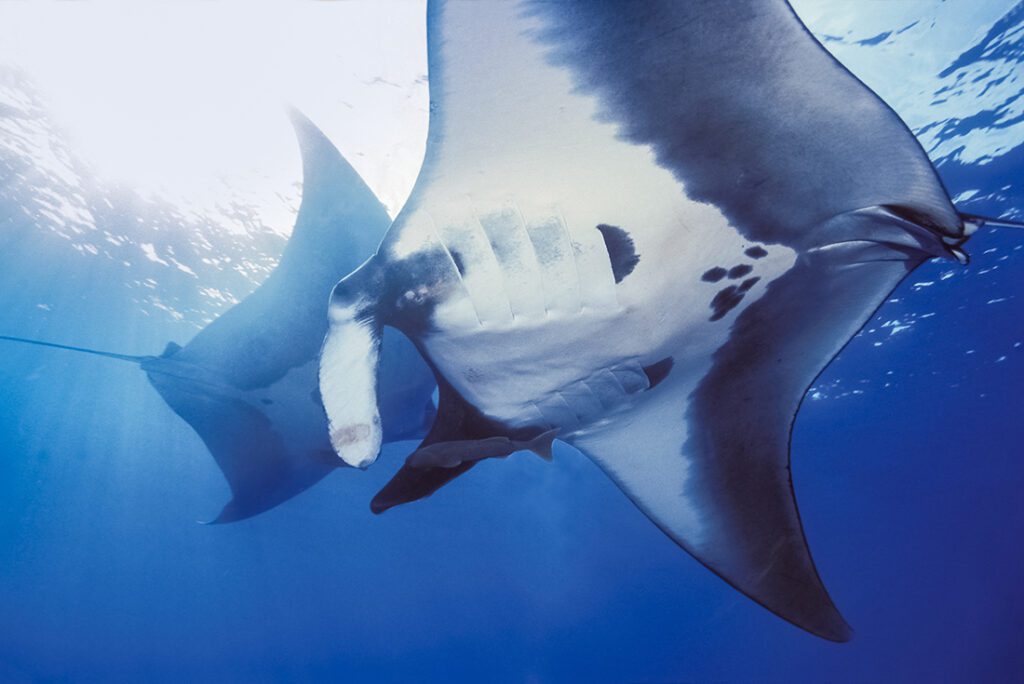
The Isla Revillagigedos, aka the Socorro Islands, are volcanic pinnacles rising from the depths of the Eastern Pacific Ocean. They consist of three desolate landmasses sitting more that 200 miles to the south and west of the Baja Peninsula – San Benedicto, Socorro and Clarion, the most remote lying another 80 miles to the west. In between San Benedicto and Clarion is a tiny protruding spire named Roca Partida. Together, these islands are known as one of the world’s best destinations for diving with big marine life.
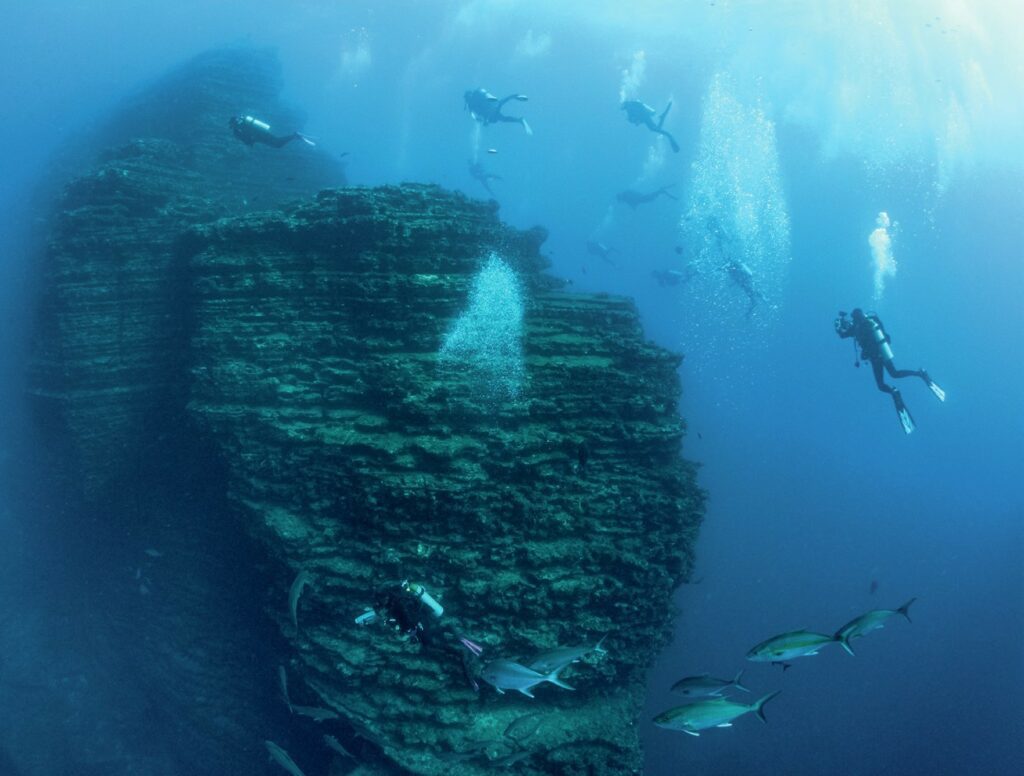
Since 1996, I have visited Isla Revillagigedos a total of eight times, and what sticks in my mind is that no two trips were alike, and there was always something unexpected. One trip included a visit by a mother humpback whale and her calf. During another trip, I not only got in to swim with a pod of pilot whales, there was also a swim-by from a pod of false killer whales during a dive at Roca Partida.
These remote outcroppings draw almost every species of large marine life found in the Eastern Pacific. Divers will find huge schools of jacks, tuna and wahoo, bottlenose dolphins, schooling hammerheads, large gatherings of silky sharks and an assortment of whales.
Did you know?
Dolphins are socially skilled, intelligent, agile, joyful, and playful creatures that share many emotional similarities with humans. There is an impressive range of different species of dolphin and they all have their own unique identities and characteristics!
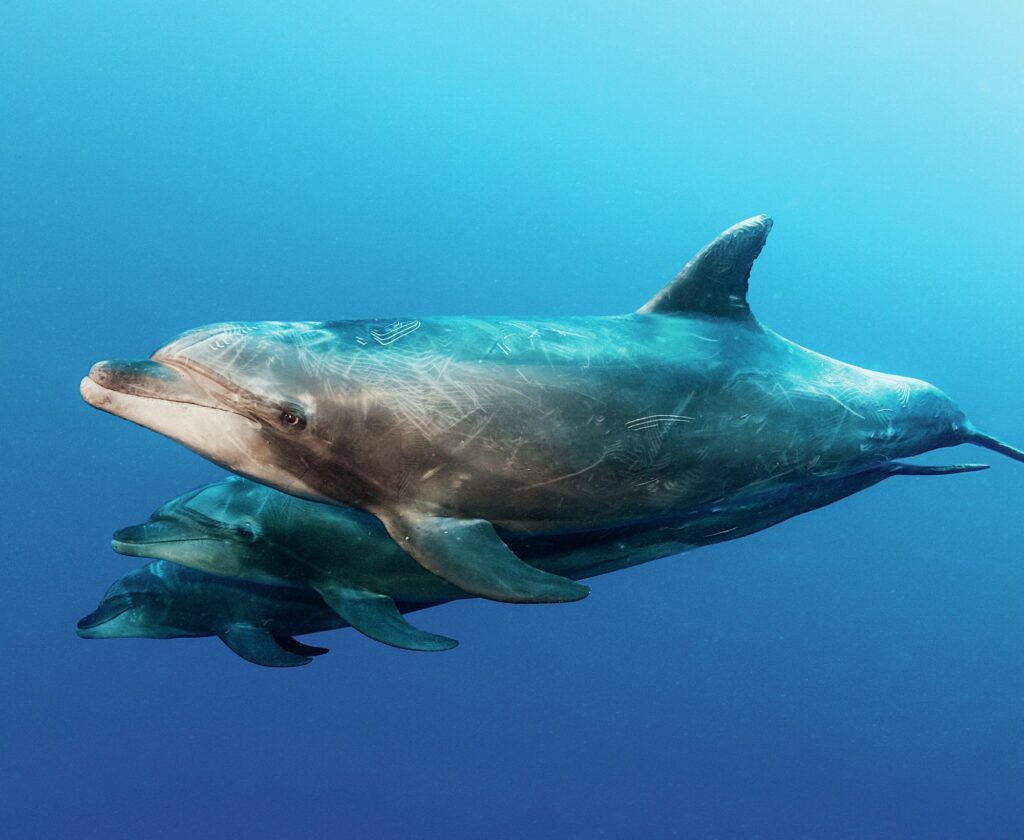
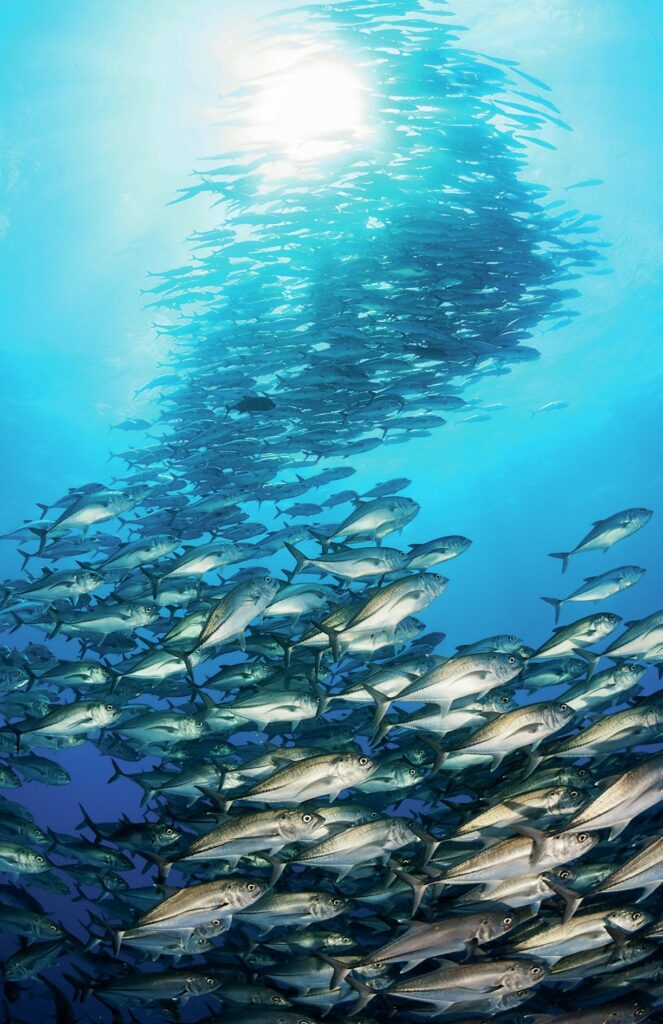
And then there is the main attraction – the oceanic manta ray. The rays encountered here are some of the largest in the Pacific, weighing in at up to 6,000lb, with wingspans as great as 20 feet. Witnessing these immense, delta-winged giants glide effortlessly through the water is an awe-inspiring experience. When rays converge on a dive site called the Boiler at San Benedicto for daily cleanings of parasites by resident barberfish and passing angelfish, they are often joined by a local pod of dolphins that take in the view for divers’ attention. Experiences like these make the Isla Revillagigedos a hard act to follow.
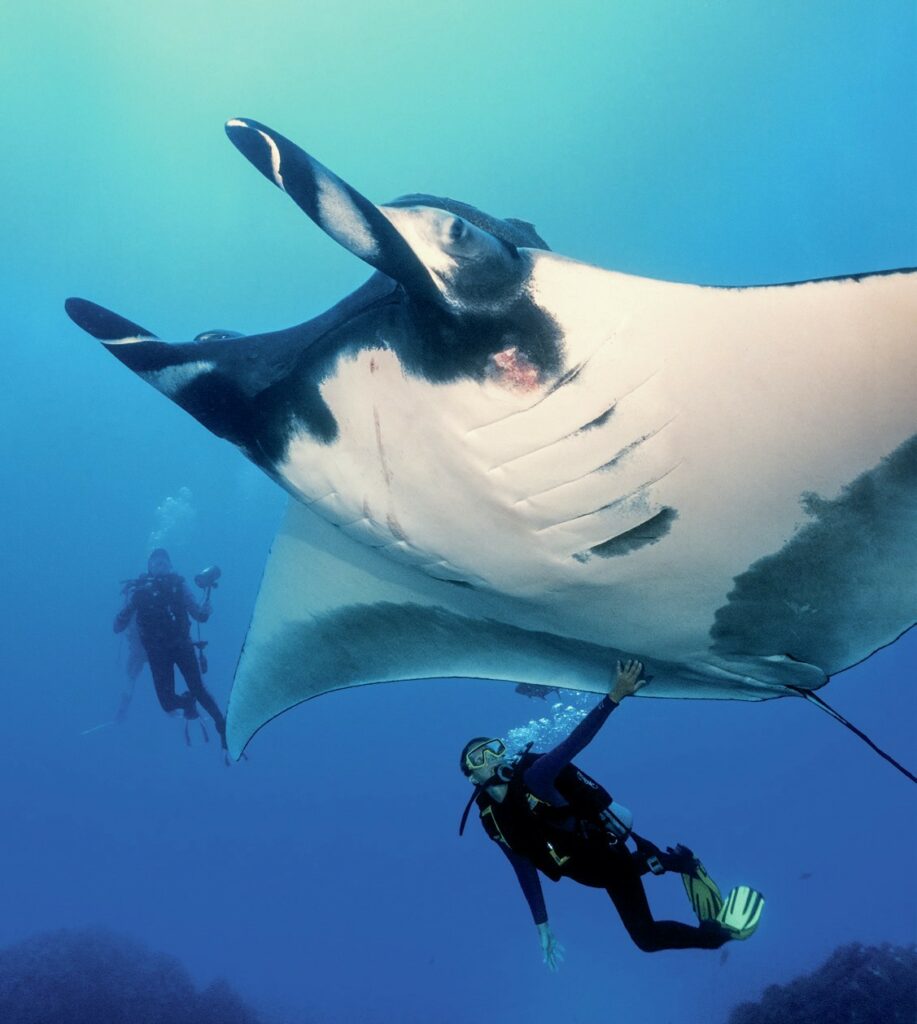
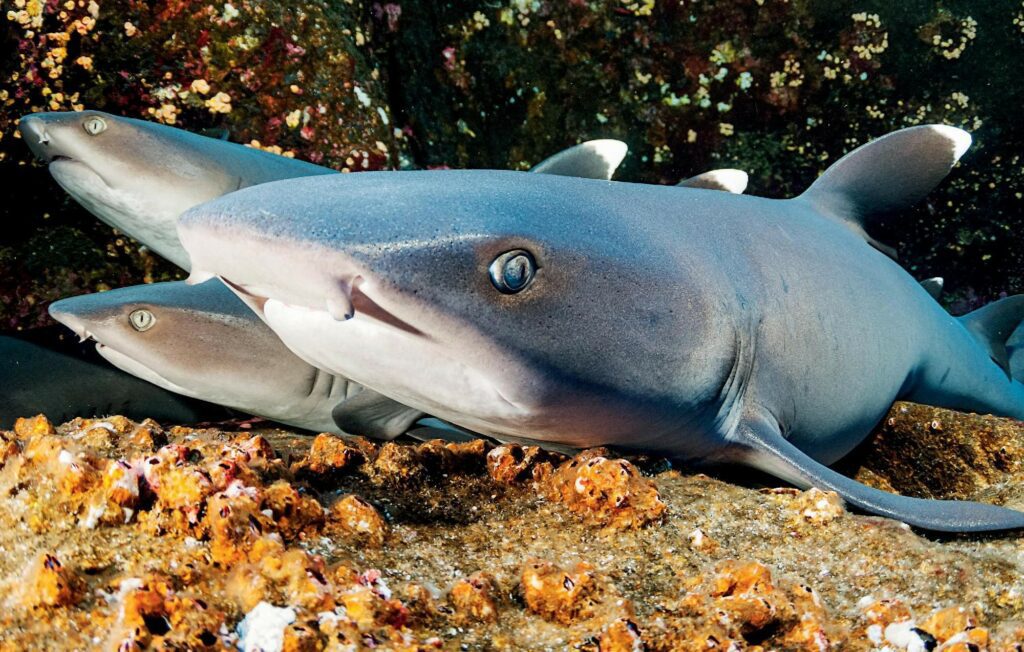
Lust for rust and history
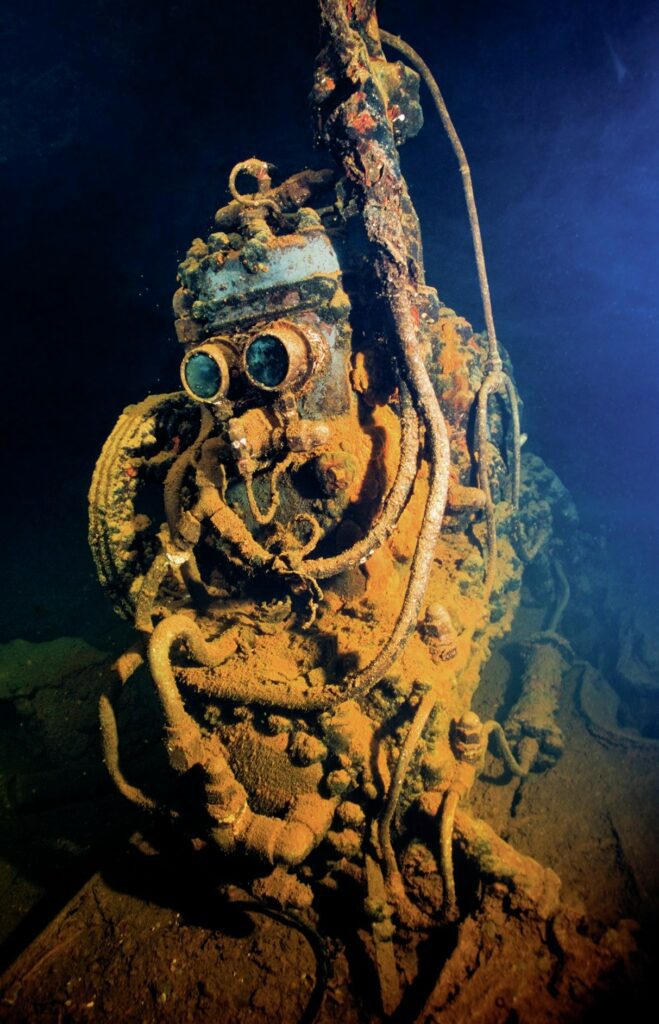
Micronesia offers a wealth of unique diving adventures, from the reefs, walls, and caverns at sites like Palau’s Blue Corner to manta and eagle ray encounters in the waters of Yap. Also at the top of this list are the historic shipwrecks of Truk Lagoon. Here, in clear and calm tropical waters, lie more than 60 Japanese shipwrecks dating from World War Two. There are tankers, subs, freighters, tugs and both Japanese and US warplanes. The ships have become artificial reefs, attracting numerous marine animals.
One of Truk’s most-beautiful wrecks visually to dive is the Shinkoku Maru, a 500-foot oil tanker resting upright at the bottom of the lagoon. In the sun-dappled depths, most of her exposed structure is heavily overgrown with luxurious soft corals, hydroids, and sponges. A favorite photo op is a large gun placement on the bow. In the bridge you can still admire the encrusted engine telegraph and helm, while the galley still holds an interesting array of dishes, utensils, and a large stove.
Another favorite is the Fujikawa Maru, a 437-foot Mitsubishi-built cargo freighter that also came to rest upright on the bottom in 112ft of water. Back-lit by the sun, Fujikawa’s massive set of king posts and masts present a stately profile that rise to within 15ft short of the surface. Like most of the wrecks at Truk resting at depths of less than 120ft, this ship’s steel skeleton became the foundation to a plenitude of corals and sponges, not to mention hamburgersized razor clams. Divers who venture into the shadows of the ship’s interior will find the disheveled remains of Zero fighter planes in the cargo holds, and a curious-looking air compressor nicknamed R2-D2 down in the engine room.
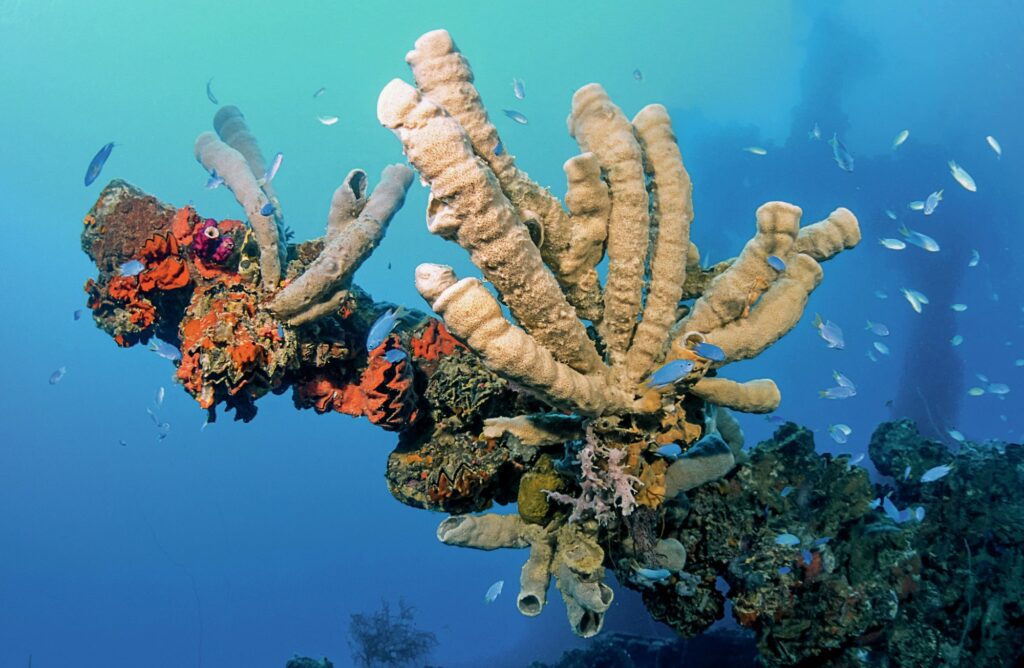
There be dragons here!
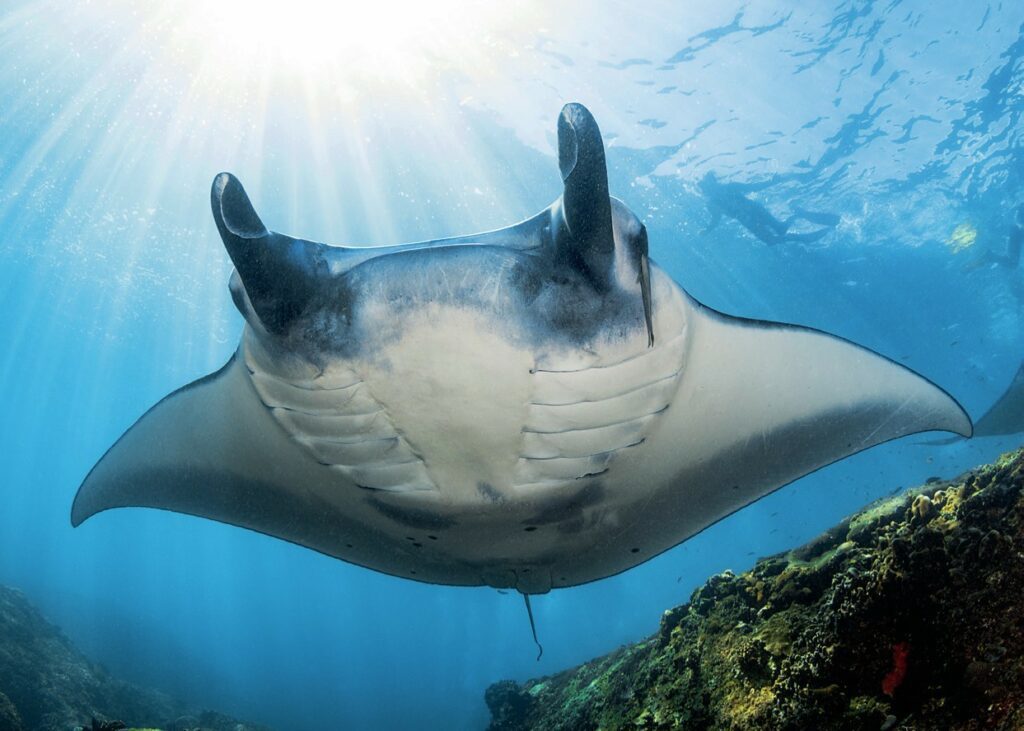
Early navigation charts were often riddled with blank areas, prompting map makers to add images of terrifying sea monsters with notations like ‘there be dragons here’ to further emphasize the venture into the unknown. For centuries the waters of Indonesia remained shrouded in similar mysteries, and even well into the first years of the international diving boom, the underwater landscapes of this nation of islands remained largely unexplored.
Times have changed, and Indonesia has become one of the most-storied diving destinations on Earth. The opportunities seem endless, with more than 17,000 islands stretching across a 3,000 mile swath of the Indian and Pacific Oceans. This region lies at the epicenter of planetary marine life biodiversity, with thousands of square miles of coral reefs harboring more than 3,000- plus species of fish, 500 varieties of hard and soft coral and thousands of enigmatic invertebrates.
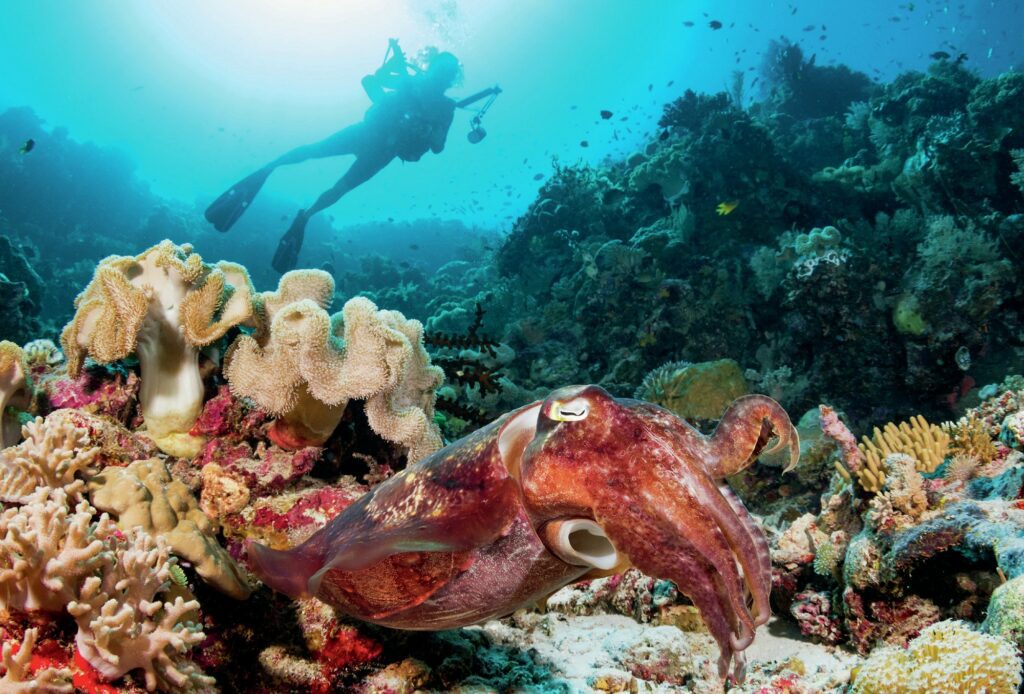
Did you know?
The more than 120 different species of cuttlefish are usually solitary animals and can be found in oceans all around the world. While most live in shallow waters, some species can be found at depths of more than 3,000ft!
For divers, the choices are as numerous as they are rich, with hot spots like Wakatobi, Lembeh, Komodo, Alur, Ambon, Bali and Raja Ampat leading the way. No matter where you begin both fish watchers and photographers will be filling logbooks and image cards with intriguing subjects such as wunderpus, mimic octopus, flamboyant cuttlefish, bumphead parrotfish, mating mandarinfish, pygmy seahorses, harlequin shrimp, ornate ghost pipefish and a whole lot more. At the opposite end of the spectrum from these weird and wonderful finds are manta rays and whalesharks. And should your travels bring you to Komodo National Park to see its very large endemic lizard, you will discover that there be dragons here!
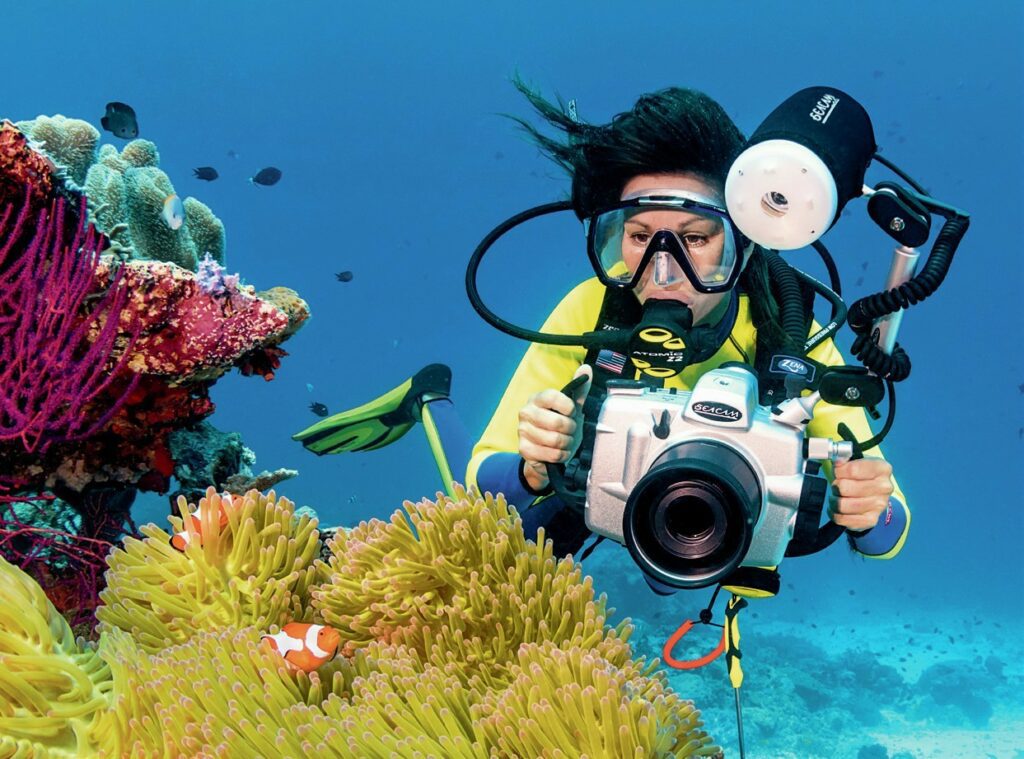
One destination that has it all
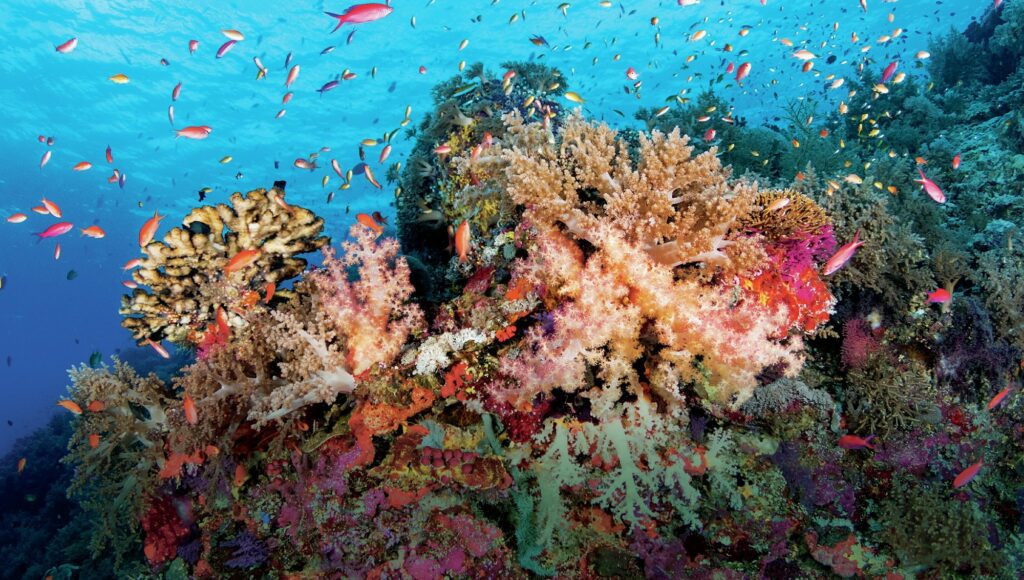
When asked why the Philippines is one of my favorite destinations on the far side of the Pacific Ocean, my typical short answer is simple – great to exceptional diving accompanied by good to great service, all at a reasonable price. Ask me specifically where to go, and that answer will be far more complicated, as the Philippines consists of more than 7,500 islands, stretching nearly 1,000 miles from north to south between the Pacific Ocean and the South China Sea.
From the tiny and hidden to the biggest fish in the sea, the Philippines delivers an unrivaled variety of marine life, along with a remarkably diverse range of diving environments. In muck diving hotspots like Anilao, Dumaguete and Puerto Galera macro enthusiasts will find acres of prolific bottom to search for the ocean’s more bizarre and cryptic small creatures. Apo Reef and Tubbataha Marine Park offer spectacular and pristine coral reefs. Big animal encounters include everything from common meetings with sea turtles and bumphead parrotfish to unique sightings of thresher sharks at Malapascua and meet ups with the biggest fish of them all, the whaleshark, at local regions like Cebu and Tubbataha.
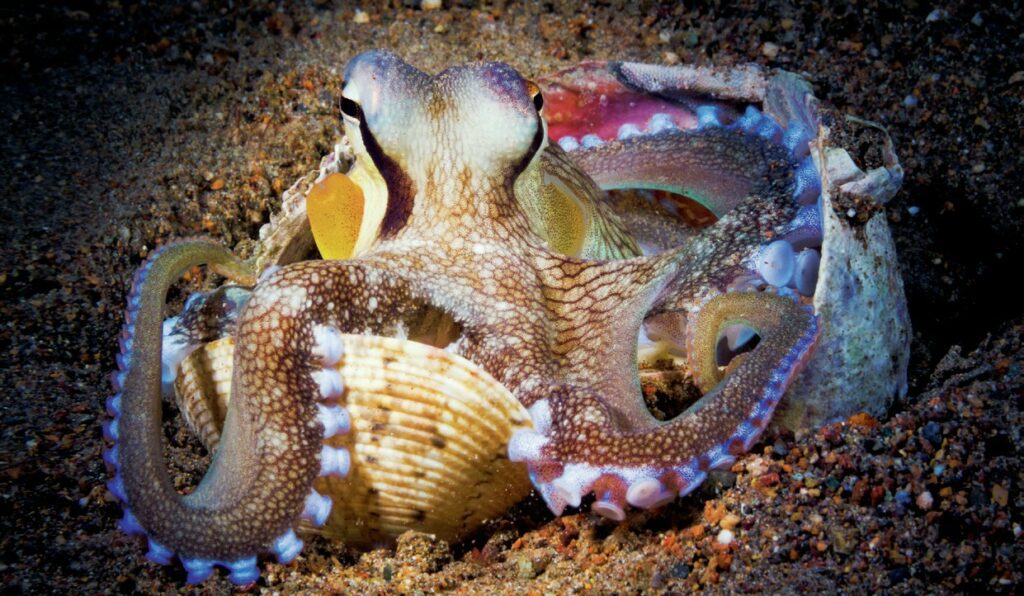
At locations across the Philippines offshore slopes, walls and pinnacles provide dramatic settings for drifts with schooling fish, while sheltered bays deliver relaxing second dives and exciting night excursions including blackwater diving. Ashore divers will find the warm and inviting culture of the Philippines creates a welcoming environment where visitors are treated like family.
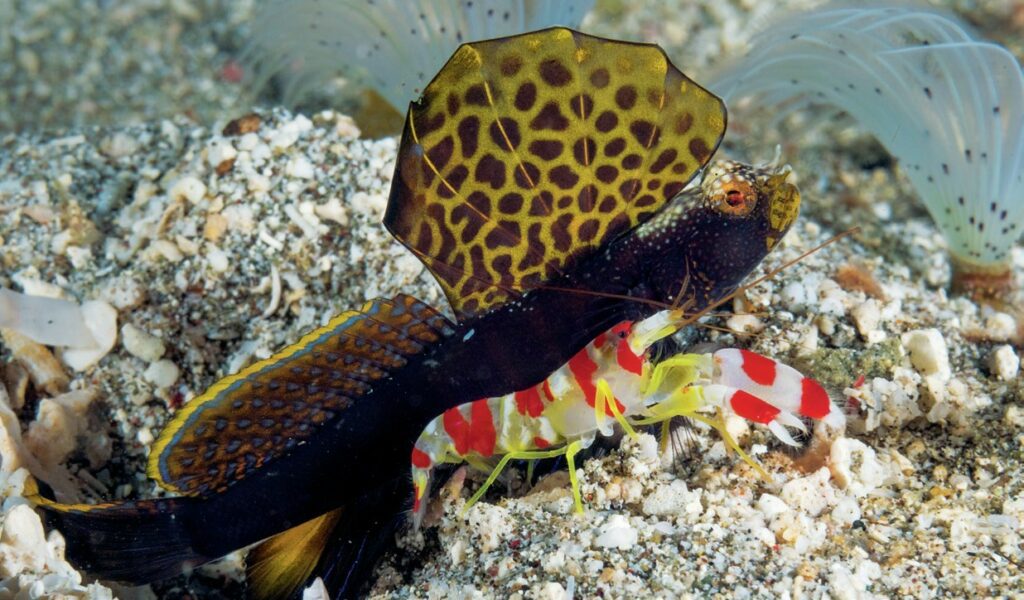
This article was originally published in Scuba Diver North America US #11.
Subscribe digitally and read more great stories like this from anywhere in the world in a mobile-friendly format. Link to the article
